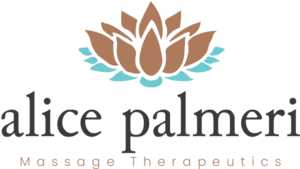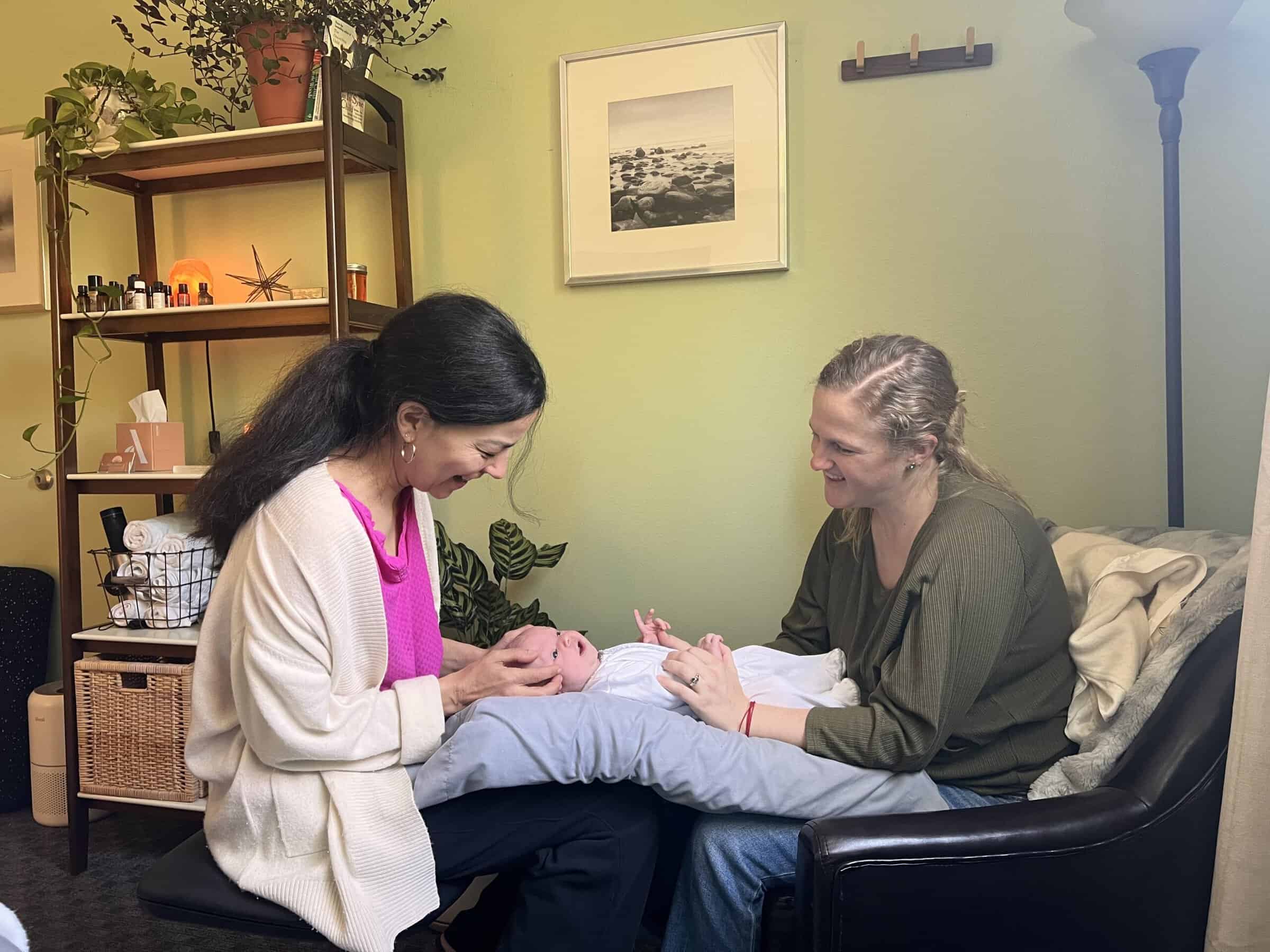Welcoming a newborn into the world is a momentous occasion filled with joy and wonder. However, for some parents, this joy may be accompanied by concerns about their baby’s health and well-being, especially if they suspect their infant may have a tongue tie. While this condition can present challenges for breastfeeding and overall development, there is a gentle and effective therapy that offers hope: infant craniosacral therapy for tongue ties.
Understanding Tongue Ties
Tongue tie, or ankyloglossia, is a condition where the tissue connecting the tongue to the floor of the mouth is shorter or tighter than usual. This can restrict the movement of the tongue, making it difficult for infants to breastfeed effectively and may lead to other issues later in life, such as speech difficulties and dental problems.
Traditional treatments for tongue ties often involve surgical procedures to release the tethered tissue. However, an alternative approach gaining popularity among parents and healthcare practitioners alike is craniosacral therapy.
What is Infant Craniosacral Therapy for Tongue Ties?
Craniosacral therapy (CST) is a gentle, non-invasive form of bodywork that focuses on releasing tension and promoting balance within the craniosacral system, which includes the whole body. When applied to infants, CST involves using very light touch to assess and address any restrictions or imbalances in the craniosacral system. As a result, the baby’s body, including the mouth, are able to “unwind” which may help with tongue ties. Lactation consultants often recommend craniosacral therapy for tongue ties to help support successful breastfeeding.
How Does Craniosacral Therapy Help with Tongue Ties?
For infants with tongue ties, craniosacral therapy can be particularly beneficial in several ways:
1. Release of Tension: CST techniques help release tension in the muscles and connective tissues surrounding the tongue and mouth, allowing for greater freedom of movement.
2. Improved Breastfeeding: By addressing restrictions in the craniosacral system, CST can enhance the infant’s ability to latch and suckle effectively, thereby improving breastfeeding outcomes for both baby and mother.
3. Support for Overall Development: Beyond breastfeeding, CST promotes optimal functioning of the nervous system and supports the infant’s overall growth and development.
Of course, many times tongue tie surgery is still needed, but craniosacral therapy for tongue ties can help infants heal with increased tongue mobility afterwards. Having relaxed mouth and tongue muscles post surgery is key to success.
The Gentle Touch of Healing
One of the most appealing aspects of craniosacral therapy for infants is its gentle and non-invasive nature. Unlike surgical procedures, which can be stressful for both baby and parents, CST involves soft, nurturing touch that is soothing and comforting for the infant.
During a CST session, the practitioner uses subtle palpation techniques to assess the infant’s craniosacral rhythm and identify areas of restriction or imbalance. Through gentle maneuvers and holding, the practitioner encourages the release of tension and facilitates the body’s natural healing processes. Many times, the baby will fall asleep because of how relaxing the therapy is.
Empowering Parents
In addition to providing hands-on therapy for infants, craniosacral therapy empowers parents by offering education and support. Practitioners often work with lactation consultants who can provide guidance on breastfeeding techniques, positioning, and other strategies to optimize feeding and bonding with their baby.
Conclusion:
Infant craniosacral therapy for tongue ties may be a beneficial option for your infant if they have a tongue tie. CST offers a holistic approach to addressing tongue ties and supporting the overall health and well-being of newborns. With its gentle touch and focus on releasing tension and promoting balance, CST provides a safe and effective alternative to traditional treatments for tongue ties and can offer aftercare support to those who choose to go the surgery route. By embracing this gentle healing modality, parents can help their infants thrive and embark on a journey of wellness from the very beginning of life.



